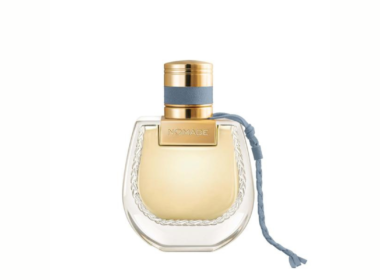We all love the goodness of the sun, from the help it gives our plants to grow to the health benefits it offers humans. The sun gives off CO2 for the plants and is a good source of vitamin D, which is important for good calcium levels and healthy bones. Spending a few minutes in the sun every day is quite important for overall body health. The sun has its way of making you feel good. No one wants a gloomy day. Sunlight on a cold day is bliss; we all want to get into it and get all warmed up. However, too much sunlight can be harmful to the body.
The sun produces ultraviolet rays that are responsible for sunburns, ageing, and cancer. The two rays produced are UVA and UVB. The UVA is the ray responsible for sunburns, while the UVB causes tanning, skin cancer, loss of skin elasticity, and promotes ageing. The rays strengthen the harmful cell growth that eventually leads to skin cancer.
This is where the sunscreen comes in. Contrary to not-so-popular opinion, your skincare routine is not complete without sunscreen. It is a must. The sunscreen acts as a protection against the harmful rays of the sun. Sunscreen does not cause cancer, and it needs to be applied every day.
How the sunscreen works
The sunscreen creates a barrier between the skin and the sun’s radiation to keep the skin from absorbing it. The two types of sunscreen achieve the same effects but work differently. The physical sunscreen containing zinc oxide and titanium dioxide acts more like a sunblock by reflecting and bouncing the sun’s rays. The chemo sunscreen absorbs the rays and converts them into heat. The heat is harmless, and it is absorbed into the body and the environment.
Knowing your sunscreens
You don’t have to work too hard to recognise a physical sunscreen. It always leaves a white cast on the skin after use. The white cast is just evidence of the reflective properties.
The chemical sunscreen blends into the skin and leaves no trace behind, giving it a dewy finish. Choosing the best sunscreen for you depends on your skin’s needs and sensitivity, but it is best to choose one with a broad spectrum and water resistance. Stay up to date on the newest in the world of Fashion, Arts, Beauty and Lifestyle; Follow FAB on Instagram.
SPF (Sunburn Protection Factor)
Sunscreens come with different spf coverage. Dermatologists advise that we use sunscreen with at least SPF 30. The SPF is a guideline for knowing how much sun to expose yourself and the sunscreen can block. It is simply the strength of the sunscreen against the sun.
Using the Sunscreen
- Use it every day before you step out into the sun.
- Be generous with it; you need it to be a protective layer on your skin. So, cover up.
- Sunscreen is the last step of your skincareroutine.e
- Use a higher SPF.
- Reapply it every 2–3 hours. The strength of the screens reduces as they absorb the rays; in a couple of hours, they can become ineffective. Be the first to receive a copy of the next issue of efab; Join the Fab community now!
You are FAB!
Cheers
Fab Community
Related











